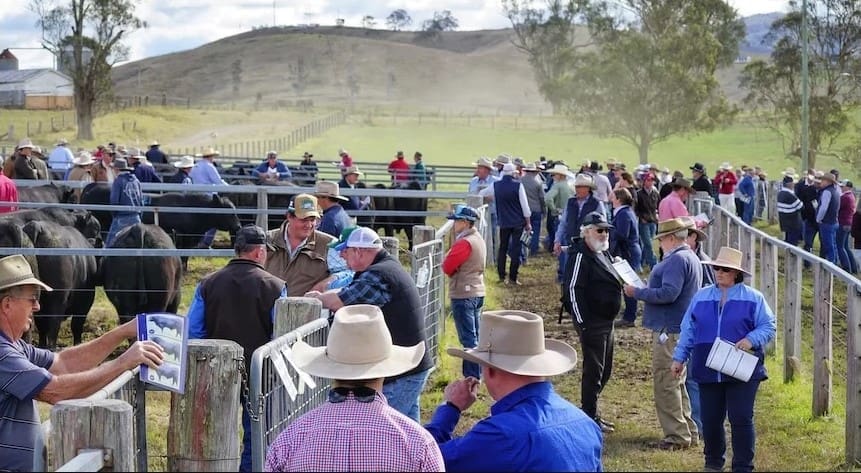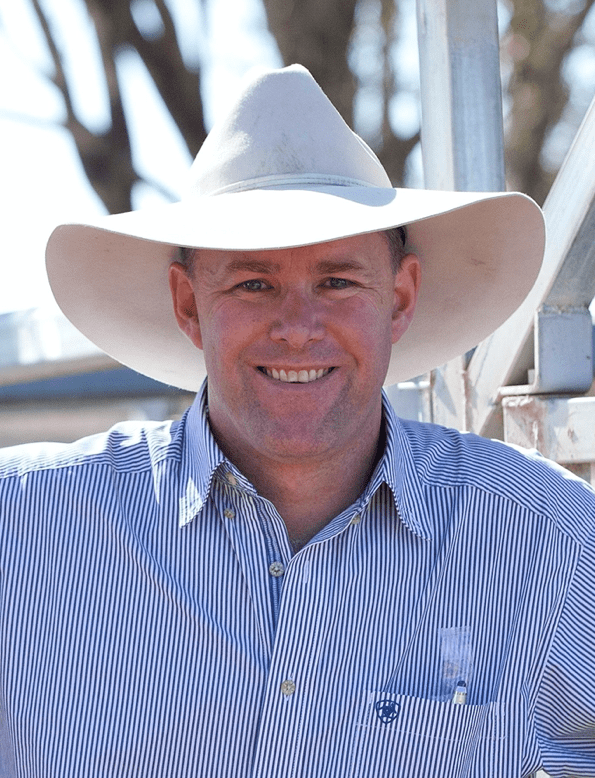
AS this year’s spring bull sales gather pace, the amount of information bull buyers are exposed to can become overwhelming.
While pre-sale preparation focusses on the importance of considering bulls based on their suitability to a defined breeding objective, many producers are often tempted by other data that is presented at sale day and by the opinions, comments and observations made by other producers, agents and vendors.
It can become very easy to second-guess selection choices in light of new data, which is often reinforced by the comments or opinions of others. The most frequent cause of confusion comes from the provision of raw data presented as a ‘supplementary sheet’. Generally, this data is the most recent weights of bulls, their raw scan data and scrotal measurements.
This data can be quite useful to many people. However, it is important to use the information correctly and to understand what it means in the context of selection. As noted previously, the data that is often presented in the ‘supplementary sheets’ is raw data – often collected at a single point in time on those bulls.
Assumptions
Effectively, this phenotype data reflects the influence the environment has had on the ability of those bulls to express their genetics to that point. Care really needs to be taken, to not read too much into the data.
Without knowledge of the environmental conditions those bulls have experienced, particularly their background nutrition, producers attempting to compare bulls in a pen are really making assumptions as to the reasons for differences they may have observed. Certainly, the phenotype data contained in the raw sheet should not be used as a guide on the genetic merit that bulls will bring into a herd.
There are some commercial beef producers and bull breeders who possess very good knowledge of pedigrees and particular sires within breeds. With this knowledge they are more comfortable making assumptions of future performance based on their understanding of pedigree and past experience of animals that have come from a particular stud prefix.
However, these assumptions still expose a bull buyer to potentially significant variation in future progeny performance if they rely only on pedigree and raw data.
Confirming an assessment
For most producers, the most suitable use of the supplementary sheet is to look at the data relevant to the bulls they have pre-selected on the basis of performance records (Estimated Breeding Values). The EBVs refer to the genetics the bull will pass on and therefore the influence he will have on progression towards breeding objectives. The raw data should be used as part of the overall physical assessment.
The raw data can help confirm an assessment of the bull’s actual suitability for the forthcoming breeding season. In other words, is he physically too heavy (or light) for the environment and cows to be joined in a particular herd? Raw fatness scans can be also helpful in considering adaption to a new environment which may be more challenging and as result may see some weight loss as a bull settles in and adjusts to that environment.
Similarly, during the sale process some producers can often make split-second decisions to purchase bulls on the spur of commentary around a particular bull, or because competition in a bull is markedly higher.
Again, it is important to consider the fact that in many cases, the speed at which bulls are sold often sees auctioneers focussing on single points of data as a prelude to opening bids. While this data is not incorrect, producers need to remember how that data fits within the framework of their own business and breeding objectives.
An individual bull could potentially be the heaviest bull in the sale; or above breed average for a single EBV. These could well be points used in the auction process. However, this does not necessarily mean the bull has the genetics best suited to a particular breeding program.
As challenging as it is, producers must look beyond the descriptions and remain focussed on their considered selections when it comes time to bid.
 Alastair Rayner is the General Manager of Extension & Operations with Cibo Labs and Principal of RaynerAg. Alastair has over 28 years’ experience advising beef producers & graziers across Australia. He can be contacted here or through his website www.raynerag.com.au
Alastair Rayner is the General Manager of Extension & Operations with Cibo Labs and Principal of RaynerAg. Alastair has over 28 years’ experience advising beef producers & graziers across Australia. He can be contacted here or through his website www.raynerag.com.au
